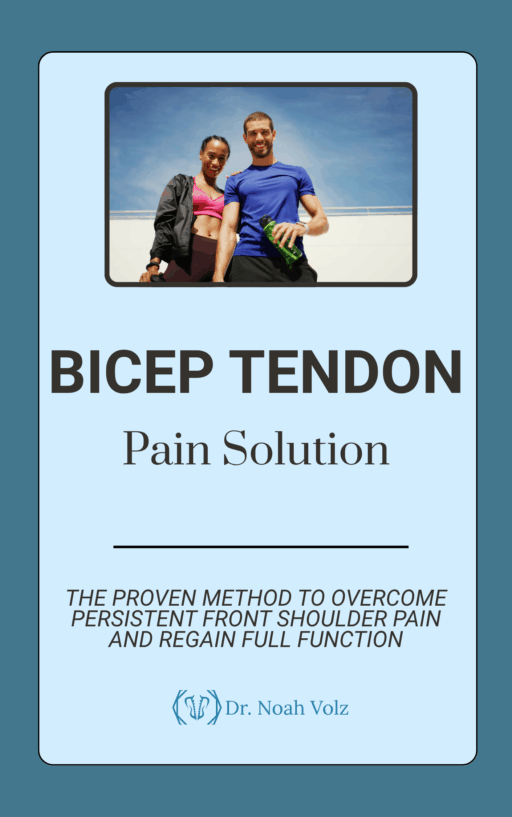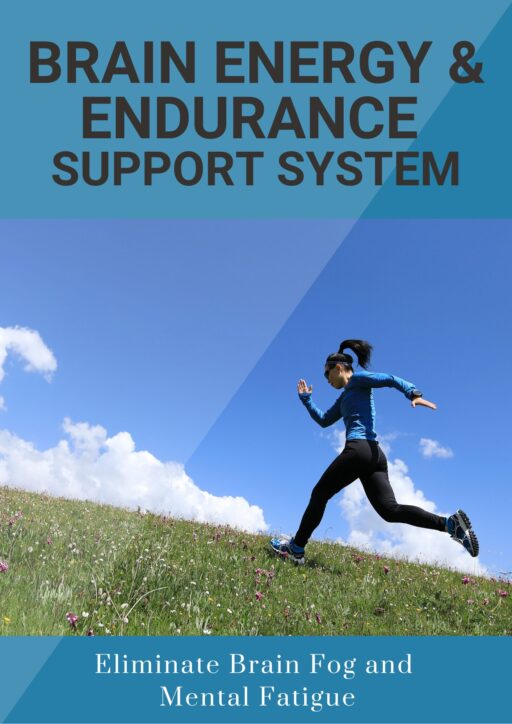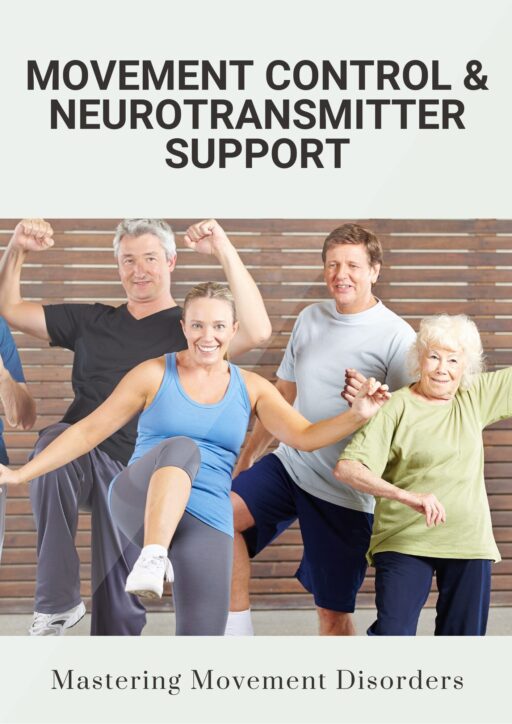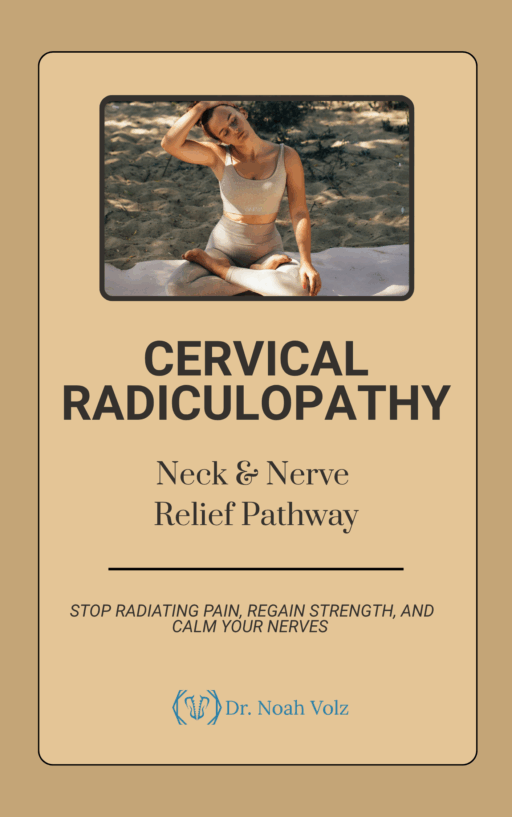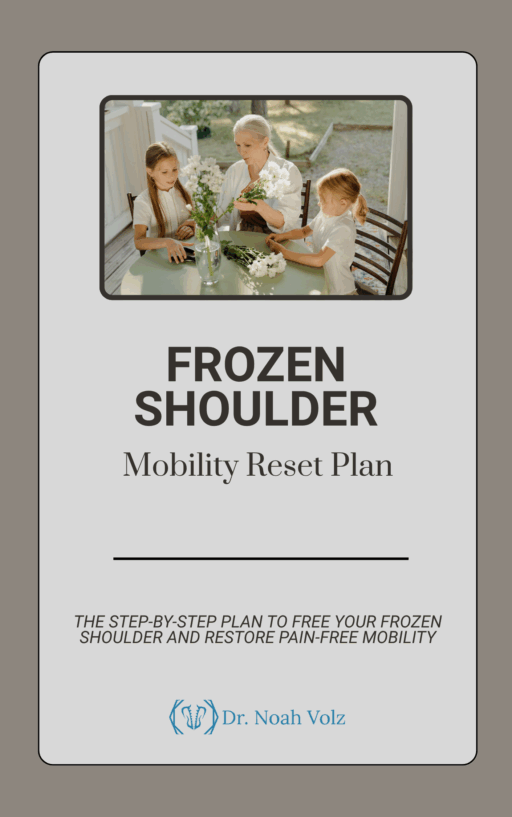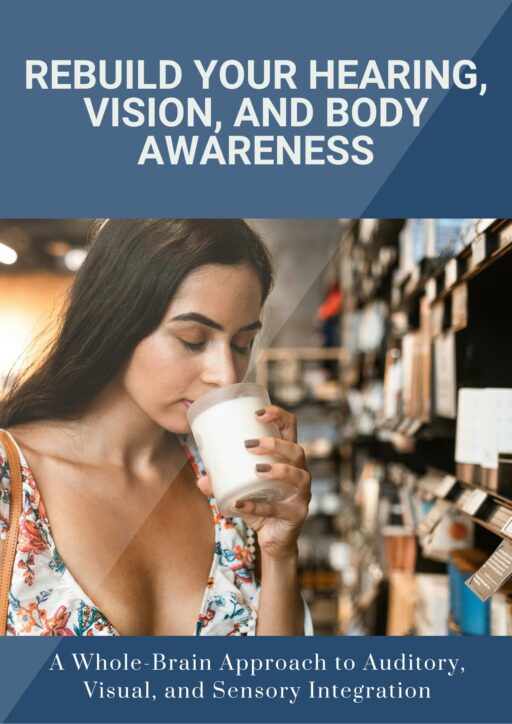Meet Sarah.
She’s your typical high-performing professional: always on the go, constantly “pushing through” discomfort, and never letting a stiff neck slow her down. But lately, that tightness has been showing up more often. Her upper traps feel like piano wires, her suboccipitals are locked down, and she’s beginning to wonder if something deeper is going on.
She’s tried everything—stretching, massage, foam rolling, chiropractic adjustments. Each helped for a little while, but the tension kept coming back.
What Sarah didn’t know was that the real issue wasn’t in her muscles.
It was in her inner ear.
When the Usual Treatments Don’t Stick
Like many patients, Sarah thought tight muscles just meant overuse or stress. But during her first visit at our Ashland, OR chiropractic office, something stood out. Her head had a slight tilt. Her eyes didn’t track quite evenly. And when asked about motion sensitivity and past concussions, she paused—realizing she’d never made those connections before.
That’s when we looked beyond the muscles and into the vestibular system—the body’s internal balance center.
The Body’s Hidden GPS
The vestibular system lives in the inner ear and works like a GPS, constantly telling the brain where the head is in space. When that signal becomes unclear, the brain doesn’t panic—it compensates.
And one of the first places it recruits for help?
The neck.
Subtle dysfunctions in vestibular signaling—often completely missed in standard exams—can lead to reflexive, protective tightening of the muscles around the cervical spine and upper back. The brain isn’t trying to cause pain. It’s trying to create stability.
Muscle Tightness Is Often a Signal, Not the Problem
When the vestibular system is imbalanced, the brain essentially “turns up the volume” on neck muscles to get a clearer read on where the head is in space. This is especially true for the deep stabilizers—the small, powerful muscles like the suboccipitals that are densely packed with proprioceptors.
From the outside, this looks like chronic tension.
But inside, the brain is just saying, “I can’t hear you clearly—speak up!”
That’s why typical treatments (like massage or passive stretching) often don’t work long term. They address the symptom, but not the source.
The Role of Eye Movements and Head Position
In Sarah’s case, we discovered something called an ocular tilt response—a subtle but revealing misalignment between her eyes and head. This pattern is often tied to past concussions or vestibular dysfunction, and it triggers constant low-grade activation of cervical muscles.
It wasn’t that her neck was “broken.”
It was that her brain thought she was off-balance and kept her muscles tight to compensate.
Even simple eye movements can trigger neck muscle activity through reflexes like the cervico-ocular reflex. When those systems are off, tension isn’t just a feeling—it’s a strategy for survival.
How Chiropractic Care in Ashland, OR Helped Her Recover
Instead of chasing tight spots, we took a different approach. Using functional neurology, we evaluated how Sarah’s vestibular system, cerebellum, and cervical spine were working together—or not.
Once we identified the imbalance, we used a combination of:
-
Gentle adjustments (only where needed)
-
Vestibular and eye exercises to recalibrate balance
-
Movement retraining to improve proprioceptive input
The result? Sarah’s chronic tension began to melt away—not because we “released” her muscles, but because her brain no longer needed to keep them tight.
What This Means for You
If you’ve been stuck in a loop of tight muscles, temporary relief, and frustrating flare-ups, it might be time to ask a different question:
“What if the problem isn’t in the muscle, but in the message it’s receiving?”
At our Ashland chiropractic clinic, we specialize in finding those deeper connections—looking at how your nervous system, vestibular system, and musculoskeletal system interact. Because sometimes, the root of the problem isn’t what’s hurting—it’s what’s trying to help.
You Don’t Have to Live in Constant Tension
Chronic neck and upper back pain don’t always come from bad posture or tight muscles. Sometimes, it’s your inner ear asking for help—and your neck answering the call.
If that sounds like your story, we can help you rewrite the ending.
-

Bicep Tendon Pain Solution
$50.00 -

Brain Detoxification & Recovery System
$50.00 -

Brain Energy and Endurance Support System
$50.00 -

Brain-Based Movement and Motor Control Training
$50.00 -

Centralized Low Back Pain
$50.00 -

Cervical Radiculopathy: Neck and Nerve Relief Pathway
$50.00 -

Complex Low Back Pain
$50.00 -

Complex Radiating Low Back Pain
$50.00 -

Cross-Pattern Low Back Pain
$50.00 -

Frozen Shoulder Mobility Reset Plan
$50.00 -

Impingement Syndrome: Shoulder Relief Framework
$50.00 -

Mastering Brain Senses: Rebuild Your Hearing, Vision, and Body Awareness
$50.00


